
Giving Circles Bring Together Like-Minded Philanthropists to Help Those in Need
The residents of Sarasota and Manatee counties have always been prolific in their giving. In 2016, Sarasota had more foundation resources per capita than any other community in Florida, according to local leaders. And while it’s often big gifts, wealthy benefactors and black-tie galas that capture headlines, the last 10 years have seen the creation of a number of less-heralded local giving circles—organizations that require an annual minimum donation and work together on a membership basis. These groups are often united by the causes they care about, the gender or ethnicity of their members, their core values or, often, all of the above. We found five local giving circles that are working, one donation at a time, to make our community a better place.
Manatee Matches Giving Circle
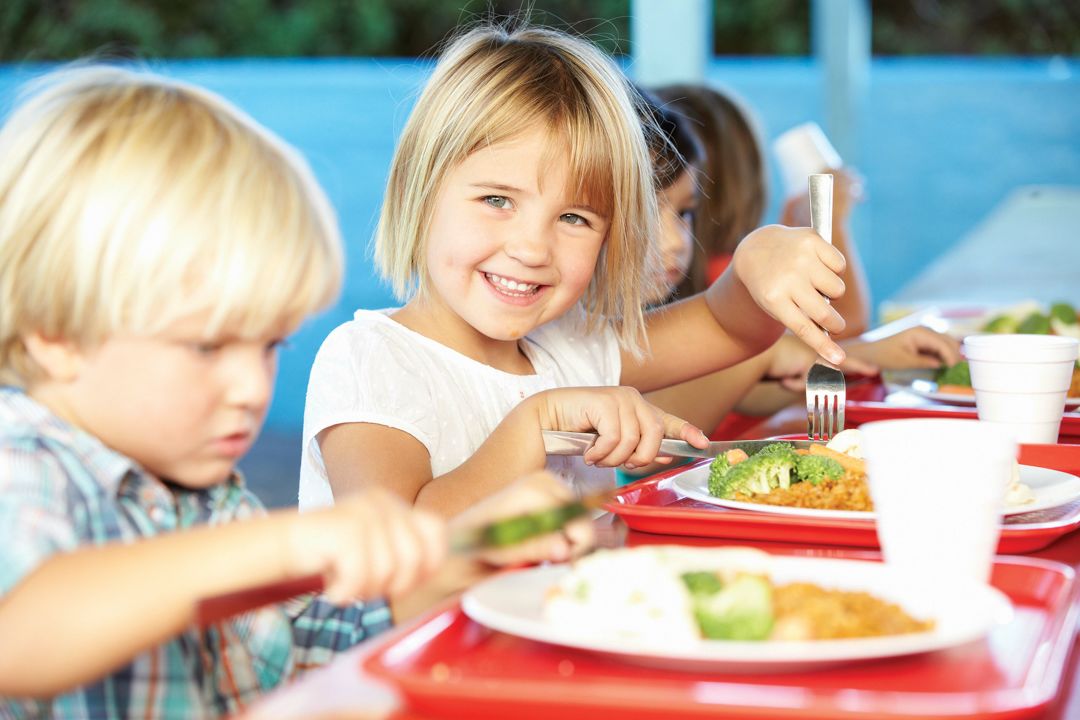
Since its inception, Manatee Matches has supported a wide swath of Sarasota and Manatee’s most notable nonprofits.
The idea to start a giving circle first came to Chuck Slater nearly 40 years ago, when a client canceled part of an appointment because of a meeting with his giving circle. At the time, Slater had never heard of the concept. But when the client explained it to him (the circle included 10 members who each gave $1,000 a year), it stuck. Still, it took nearly 30 years for him to do something with the idea.
In 2014, Slater sat down with the eventual co-founder of the Manatee Matches Giving Circle, Sandy Kirkpatrick, to see if they might be able to get something like a giving circle off the ground in Manatee County. Did they know half a dozen people who might give between $5,000 and $10,000 a year? The organization would also be structured differently than the average circle. To double their impact, they wanted to require each nonprofit that received funding to secure a 100 percent match from another organization.
“We want to help organizations help themselves,” says Tom Breiter, a member who joined a few years after the group’s start. “We’re not just here to give away money.”
Members of Manatee Matches, which manages its finances through the Manatee Community Foundation, see themselves as investing in nonprofits, rather than simply granting, says Slater. And that means they want to see a return on their investment. They have a dedicated presentation process for applicants and ask organizations to report back a year after receiving their grant and explain what they’ve done with it.
The decision-making takes place largely over two meetings. The first establishes which nonprofits Manatee Matches wants to ask to present, and the second allows each group to give a 10- to 15-minute presentation on what they do and where the funds would go. Before the meeting, representatives send over a two-page summary.
Once the Q&A is over, members set to work discussing who will receive funds and how much. It’s an efficient process that’s been honed over the years, says Slater, but it hasn’t changed much from the outset. It doesn’t take much longer than a day.
“Administratively, it makes it easy, and everyone is involved,” he says.
Since its inception, Manatee Matches has supported a wide swath of Sarasota and Manatee’s most notable nonprofits, including Visible Men Academy, Selah Freedom, Planned Parenthood of Southwest and Central Florida and Harvest House. One of their earliest gifts allowed the homeless assistance group Turning Points to hire a development director. In many ways, it became the archetypal project that the group wanted to support.
“That person kind of pays for themselves,” says Breiter. “We got them a development director, but now that development director supports the growth of the organization.”
The group’s members know their impact is greater together than apart. A $5,000 or $10,000 contribution wouldn’t be enough to get a seat at the table with some organizations. Pooling their money allows them to be a part of the discussion.
The makeup of the group is a testament to its longevity. Slater is one of five of the original seven members who are still with Manatee Matches today.
“Every single member of this group is very emotionally involved in trying to make a difference,” says Slater. “It’s not just attending a meeting. They take it seriously.”
Masala Giving Circle
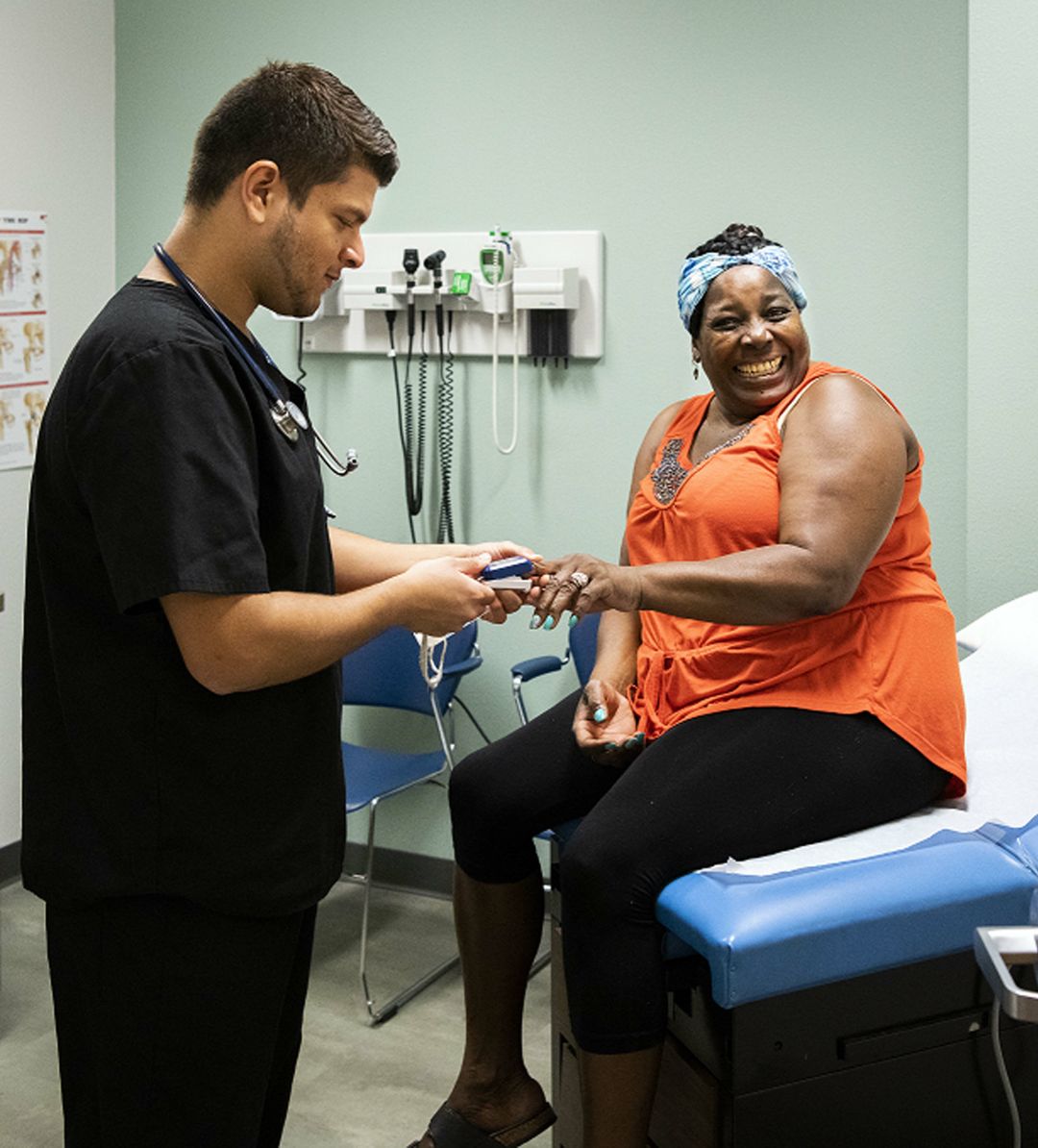
Masala Giving Circle members Members want to leave behind a lasting legacy that will help people tomorrow.
Image: Hannah Phillips
The first time Caryl Sheffield heard about the Masala Giving Circle was six years ago, when a friend mentioned the group to her during a line dancing class. She’s now the organization’s president.
That story encapsulates the intimate and grassroots nature of the nonprofit, a group of Black women who direct giving each year to programs and organizations that benefit the Black community in Sarasota and Manatee counties.
“If you listen to the news or read the paper, it’s not a surprise that there are major disparities in the Black community here in Sarasota and Manatee counties,” says Sheffield. “That really is what we’re going for—to try to alleviate some of these discrepancies that we see.”
The nonprofit’s word-of-mouth membership strategy has clearly worked. The Sarasota group started in 2013 with about 12 members, and now boasts 97 active women.
Each member must give a minimum of $300 a year, and, like many other giving circles, they manage their finances through a third party, the Community Foundation of Sarasota County. The group’s grants committee plays the largest role in deciding which groups and projects receive funding and how much they get. The giving circle’s maximum individual grant is $10,000.
“They solicit the grants, they solicit the applications, they vet the applications very carefully and they make recommendations to the executive committee about which organizations should receive grants,” says Sheffield.
Although the group has a demographic focus, it is able to fund any program within that general purview. During the Covid-19 pandemic, Sarasota’s food insecurity became clear; in 2020, All Faiths Food Bank saw a 53 percent increase in new clients at food distributions. So, that same year, the Masala Giving Circle dedicated all of its funds to local food banks.
But the circle’s funding doesn’t just help the community today. Members want to leave behind a lasting legacy that will help people tomorrow. That includes programs in honor of past members, like Sheila Baynes, the founder and inaugural president, who passed away in June 2020. As a memorial, her family asked for donations made on her behalf to be given to the Masala Giving Circle. The outpouring of support was moving—they raised more than $8,500. And, in honor of Baynes, the Giving Circle earmarked the funds for a reading center in Baynes’ name at the soon-to-be-opened Sarasota African American Art Center and History Museum.
The Giving Circle is full of women like Baynes and Sheffield—accomplished, strong, hard-working women who are doctors, lawyers, educators, business leaders, entrepreneurs and bankers, says Sheffield.
“What’s unique about us is our size and that these are all African American women with such strong backgrounds,” she says. “Our members are very accomplished women. I think it’s important to recognize that.”
If you're interested in joining the Masala Giving Circle, click here.
Sisterhood for Good
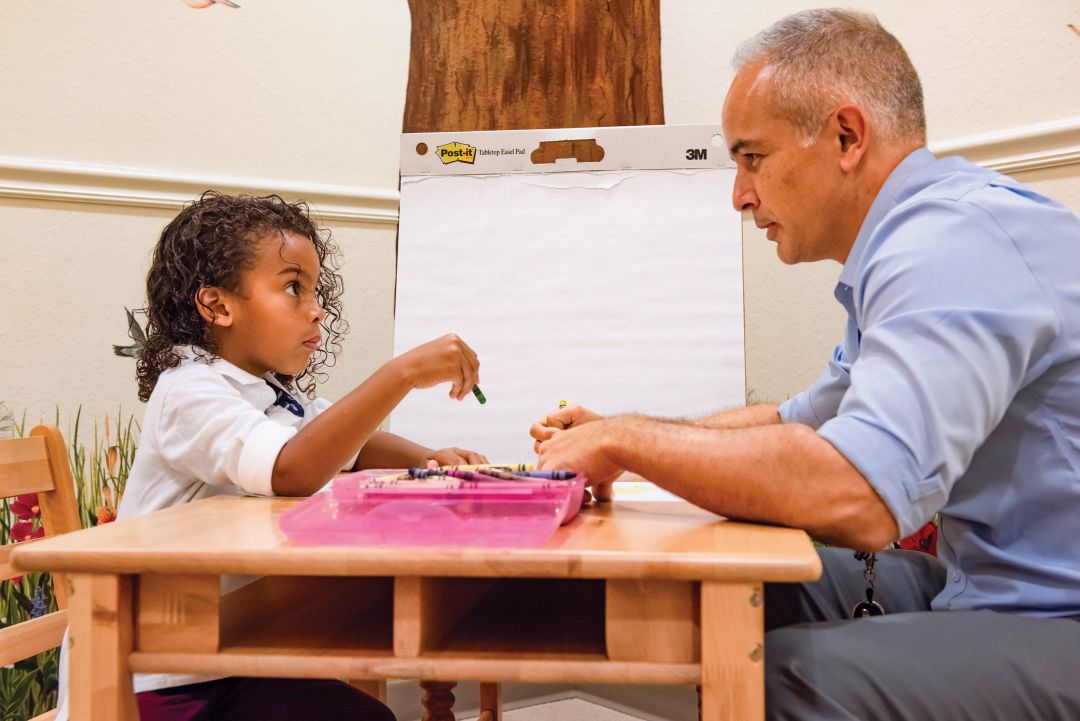
Sisterhood for Good has made donations to organizations like the Child Protection Center, pictured here.
Image: Courtesy Photo
At the outset, Sisterhood for Good’s goal was simple. A group of 10 women would come together each year to focus on philanthropic giving in Sarasota and Manatee counties. Like most giving circles, the thought was that a collective would be more powerful than an individual could ever be.
“The idea was that we would only support local issues because the need is so great in our own community, even though it’s a very affluent community and a very philanthropic community,” says founder and president Angela Massaro-Fain.
More than 10 years later, the organization has a detailed grant-giving process that is far broader than its small start. Joining members commit to a five-year pledge of $225 a year, and while the original 10 women may have read through each grant application and made a decision as a group, the size of the organization today makes that unwieldy.
Instead, the nonprofit now opens up an application period and stipulates that grants must be used to fund programs, rather than cover capital costs. Local organizations have taken note. This year, Sisterhood for Good received about 80 applications, according to advisory board chair Amy Gorman.
Here’s where their process gets really advanced: The group can’t exactly write notes on each grant application and have a day-long discussion as a group. Sisterhood for Good has too many members for that. Instead, they put each application online and allow members to read through them individually and on their own time. At the end, they vote on how much money various organizations should get. This year, the group gave out more than $75,000.
Initially, they mailed out checks to grant recipients, but they realized how important a moment of acknowledgment can be for both nonprofits and members. Now, they do a ceremonial presentation of checks that tends to get emotional, says Massaro-Fain. Next year, they plan to come prepared with tissues.
The organization doesn’t focus on supporting one cause so much as a variety of causes, including animal welfare, arts and education, hunger and homelessness and health and safety. Throughout their history, they’ve issued grants to a number of organizations more than once, including the Child Protection Center, Sarasota Teen Court, Meals on Wheels PLUS of Manatee and the Senior Friendship Centers.
But the women of Sisterhood for Good are always looking for the next cause to fund and the next person to help. As Massaro-Fain says, they’re “one of the most industrious groups” in the state. They saw their 10th anniversary celebration as just the beginning of where the organization can go. For the members who have been there since the very start, it’s rewarding to see.
“Most of us were already giving to other organizations, but we really didn’t know how things were spent and where our money was going,” says founding member Kathy Collums. “So when we got together the first 10 women, we became the ones to work with local organizations and see the results and know where our money is going.”
Anna Maria Island Women’s Giving Circle
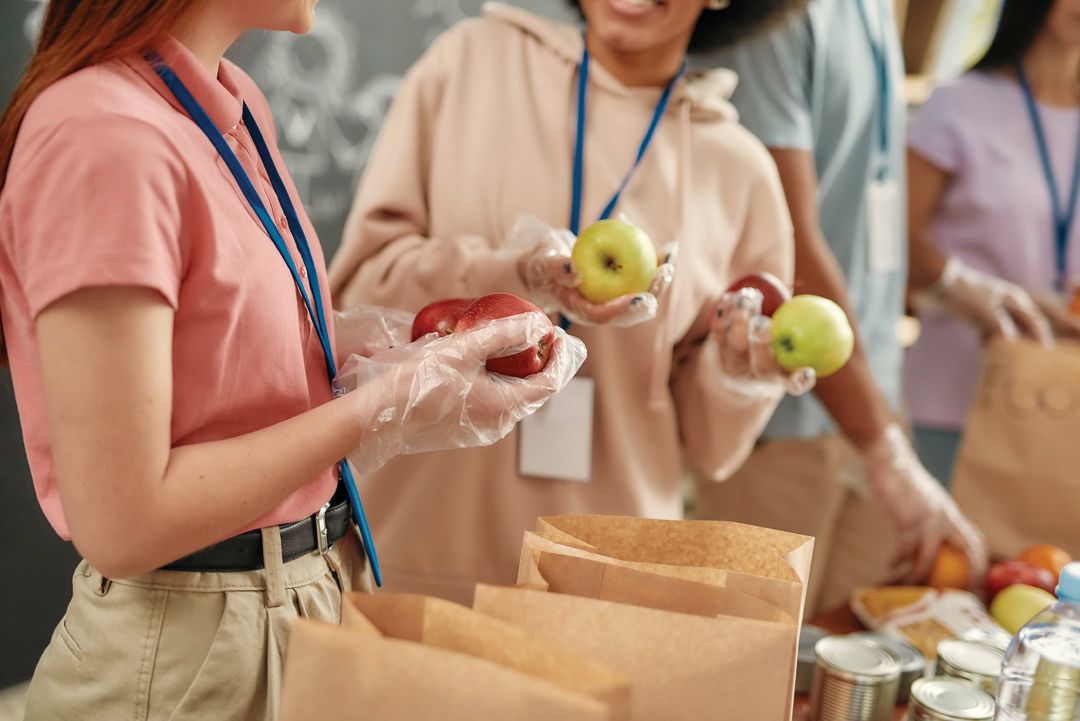
One of the first grants the Anna Maria Island Women's Giving Circle doled out was to Our Daily Bread of Bradenton
Image: matimix
The Anna Maria Island Women’s Giving Circle started in 2013 with about a dozen women who wanted to team up and contribute to the greater good. The first inkling of the idea for the group came from a presentation given by the Association of Fundraising Professionals that founding charter member Carol Carter attended. Giving circles were gaining traction in the Midwest. She wondered if she could help get one off the ground in Manatee County.
Since then, members have come and gone, but the nonprofit’s size has stayed consistent and the giving has remained ample. In the almost 10 years since its start, the organization has granted about $227,000 to local nonprofits. Their focus areas remain unchanged: children’s welfare, women’s causes, food insecurity and education. And while all the original members had a geographic home on Anna Maria Island, they quickly realized that focusing their giving only on the island wouldn’t be enough and expanded their reach to all of Manatee County.
Their rules are simple: Each member must give a minimum of $1,000 annually to the fund, which is managed by the Manatee Community Foundation. They previously capped individual grants at $5,000, but they’ve since changed that rule to allow for larger allocations.
What sets the group apart is their devotion to on-the-ground work. This is not a group of women who simply review grant applications. They want to see how the sausage is made—and sometimes even offer suggestions. One of the first grants they doled out was to Our Daily Bread of Bradenton, a soup kitchen and food pantry with a summer bagged lunch and snack program. But when the Giving Circle got involved, they were surprised to find that the contents of the lunches were “dreadful,” as charter member Meredith Slavin puts it.
“We worked to come up with a clean, healthy bag for each individual child,” she says. “And that took a while.”
In the wake of the pandemic, the group felt that they were not the best arbiter of the community’s most pressing needs. So they gave their largest one-time gift ever—$13,000—to the Manatee Community Foundation’s Covid-19 Community Response Fund.
In the end, it’s the power of seeing their funds come to fruition that keeps them going. It’s not just about that first gift—it’s seeing what happens after.
Impact100 SRQ
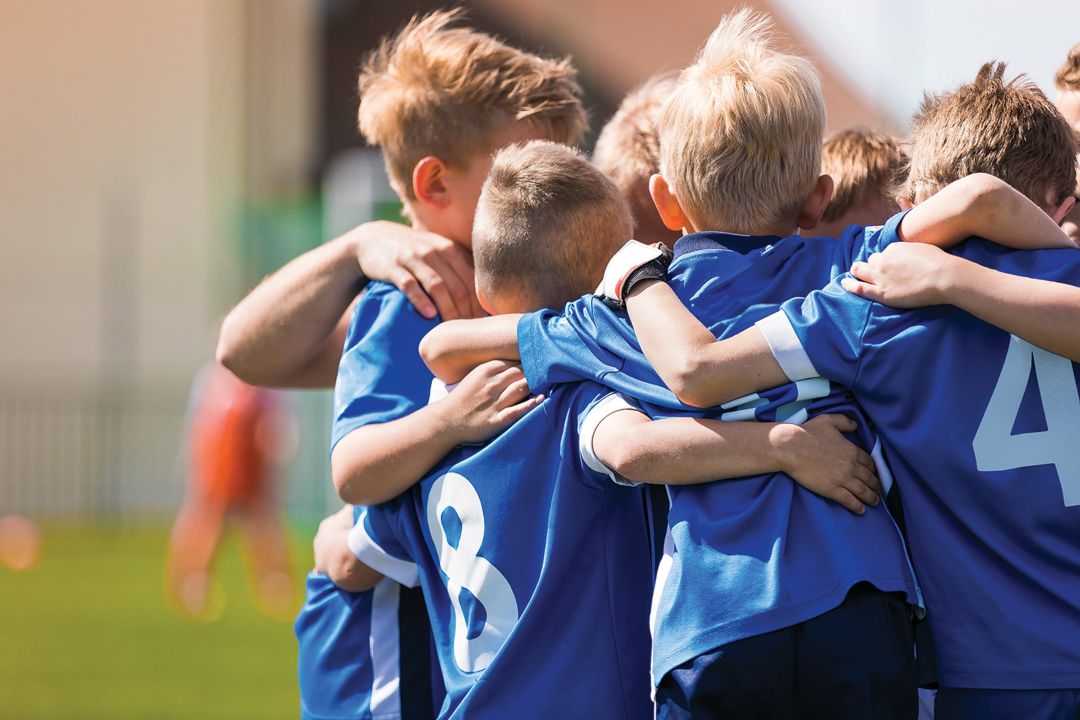
In the past, Impact100 SRQ has helped the YMCA of Southwest Florida renovate a building and provide preschool services to 150 families on a waiting list.
Impact 1,000 might be a more apt name for the nonprofit Impact100 SRQ. Women must give $1,000 annually to be a member.
Compared to the rest of the organizations on this list, Impact100 is a fledgling group: Their first giving year was 2019. But they’ve already made big progress. In the last four years, they’ve given $1.5 million and grown to 663 members.
For the women who join, it’s an almost immediate crash course in group philanthropy.
“For some, it is the first time that they’ve written a $1,000 check,” says Betsy Friedman, the group’s vice president of nonprofit engagement. “There are some women who save all year to be able to participate because they realize that if they give $100 here and $20 there, they may end up spending $1,000, but the impact isn’t as great.”
The value is not simply the giving, says Friedman. There’s a real joy in the process—of soliciting and reviewing grant applications and learning about the community’s most pressing needs. Although the organization has five focus areas, they are broad enough that almost anything is on the table. Each woman gets a vote on where their money will go.
Their goal is to fund initiatives that “provide for human gain,” according to Friedman. In the past, that’s meant helping the YMCA of Southwest Florida renovate a building and provide preschool services to 150 families on a waiting list. Another grant helped the Children’s Cancer Center expand to Sarasota to provide on-the-ground psychosocial services to families affected by pediatric cancer.
This year, what members are hearing from nonprofits is more immediate. These organizations have been so understaffed that even coming up with a grant application is a challenge. So Impact100 SRQ thought fast: This summer, they offered grant application workshops so that nonprofits are ready to send in their applications once the spring opening date rolls around.
It fits with the organization’s strategy that they remain involved after the grant is given, by encouraging members to volunteer, inviting them to events and showing them how their grant is being used.
As Friedman steps back and surveys the progress, it’s inspiring to think that an organization that started donating only four years ago could already have given more than $1 million.
“But it’s more than the dollars—it’s the connection,” she says. “It’s the opportunity to really engage in community development on a grassroots level, woman to woman, woman to organization and people to people.”
If you're interested in joining Impact100 SRQ, click here.